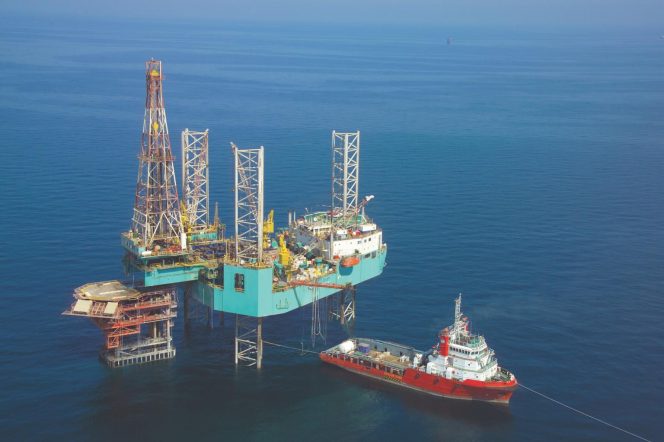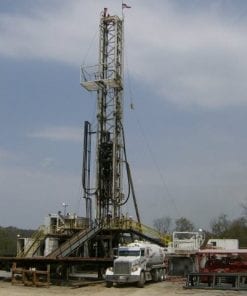Rig Equipment - Schlumberger Things To Know Before You Get This

Get This Report on SpaceX to convert offshore oil platforms into spaceports

for 85 team members, Helideck: 80'x 61 ', Cap.: 9 t ranked for AS 332 ******************************************************************************************************************************************************. Offshore drilling started in 1897, simply 38 years after Col. Edwin Drake drilled the initially well in 1859. H.L. Williams is credited with drilling a well off a wood pier in the Santa Barbara Channel in California. He used the pier to support a land rig next to an existing field. By 1921, steel piers were being utilized in Rincon and Elwood(California)to support land-type drilling rigs.

Barge Rigs - Drilling Rigs for Sale - Oilfield Equipment - Offshore Rigs and Vessels

Where oil rigs go to die - Oil - The Guardian
In 1932, a steel-pier island( 60 90 ft with a 25-ft air gap )was constructed mile offshore by a small oil company, Indian Petroleum Corp., to support another onshore-type rig. Although the wells were disappointing and the island was destroyed in 1940 by a storm, it was the leader of the steel-jacketed platforms these days. Subsequently, Official Info Here -ft well was drilled in 1941 in style similar to the California wells by utilize of a wooden pier. With the start of The second world war, nevertheless, all offshore drilling activities stopped. After completion of The second world war, the state of Louisiana held an overseas state waters rent sale in 1945. Before the latter act, core drilling might be done only until a program of oil and gas. At that time, all drilling needed to stop and the core hole plugged with cement. The first on-water drilling The very first" on-water drilling"was born in the swamps of Louisiana in the early 1930s with using shallow-draft barges. Canals were, and still are, dredged so that tugs can set in motion the barges to areas. Later on, barges were"posted"on a lattice steel structure above the barge, enabling them to work in much deeper water depths by immersing the barge on the bay bottoms. These barges generally needed pilings around them to keep them from being moved off place by winds and waves. The system, which was a conversion from an inland drilling barge, had 2 stability pontoons, one on each side of the barge, that hydraulically jacked up and down as the barge was submerged and drained. These pontoons provided the needed stability for this operation. The Breton Rig 20, later on known as the Transworld Rig 40, was a significant advance since it eliminated the expense
